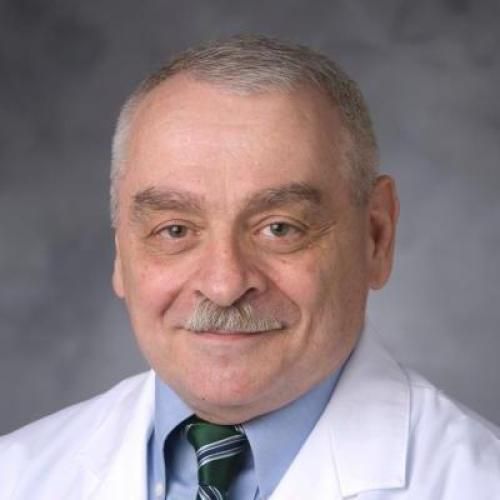Selective O-desulfation produces nonanticoagulant heparin that retains pharmacological activity in the lung.
Heparin has potential use as an antiinflammatory treatment in many lung diseases but its therapeutic use is limited by inherent anticoagulant activity. The anticoagulant nature of heparin can be eliminated by a number of chemical treatments, but often not without loss of other important pharmacological activities. Lyophilization of porcine mucosal heparin under extreme alkaline conditions (pH > or = 13) produces a nonanticoagulant heparin remarkable for the selective loss of only 2-O and 3-O sulfates, leaving 6-O and N-sulfates intact. In contrast to the commonly used nonanticoagulant analog N-desulfated, N-reacetylated heparin, selectively O-desulfated heparin retains potent activity as an inhibitor of the cationic neutrophil proteases human leukocyte elastase and cathepsin G, both in vitro and in vivo. Selectively O-desulfated heparin also inhibits complement lysis of erythrocytes, prevents ischemia-reperfusion injury of the lung, remains a potent antiproliferative treatment for cultured airway smooth muscle and normalizes altered neuronal M2 muscarinic receptor sensitivity and bronchial hyperreactivity after antigen challenge. These retained pharmacologic properties suggest possible use of this new nonanticoagulant heparin for the treatment of a variety of lung disorders.
Duke Scholars
Published In
ISSN
Publication Date
Volume
Issue
Start / End Page
Location
Related Subject Headings
- Structure-Activity Relationship
- Receptors, Muscarinic
- Receptor, Muscarinic M2
- Rabbits
- Pharmacology & Pharmacy
- Neutrophils
- Muscle, Smooth
- Mesocricetus
- Lung
- Humans
Citation
Published In
ISSN
Publication Date
Volume
Issue
Start / End Page
Location
Related Subject Headings
- Structure-Activity Relationship
- Receptors, Muscarinic
- Receptor, Muscarinic M2
- Rabbits
- Pharmacology & Pharmacy
- Neutrophils
- Muscle, Smooth
- Mesocricetus
- Lung
- Humans


